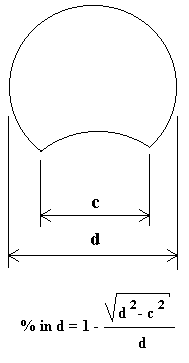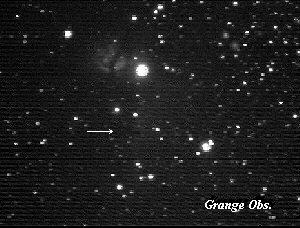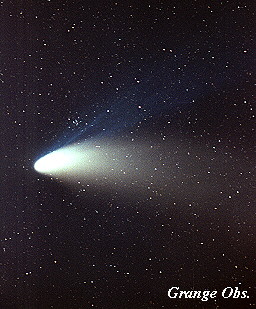

Comet C/1995 O1 Hale-Bopp photographed on the evening of 6/4/97 left with a 200 mm f/3.5 telephoto lens and right with a 50 mm f/2 piggyback the 0.3 m telescope of Grange Obs; both images have 5 minutes exposure on 1000 ISO color film.
 | Comet C/1995 O1 Hale-Bopp imaged at dawn of Feb. 8, 1997 with 0.3 m telescope and CCD camera SXL8 (integration time 60 seconds). |
 | The Orion nebula (M 42) as seen through the 0.3 m telescope with a 60 second exposure of CCD SXL8. Image taken in the early hours of Oct. 23, 1996. |
 | The Lagoon nebula (M8) in Sagittarius obtained with the same instrument and exposure time as above in the evening of Jul. 26, 1997. |
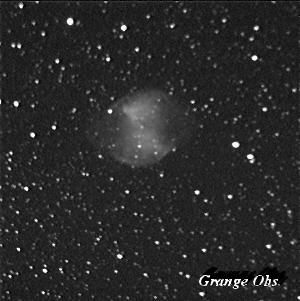 | Dumbbell nebula (M 27) in Vulpecula registered with CCD SXL8 and 5 minutes exposure. |
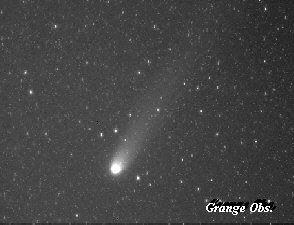 | Comet C/1996 B2 Hyakutake imaged on March 28, 1996 with CCD Electrim and a SRL camera lens of 50 mm f/2; integration time 90 seconds. Note the shape completely different from that of Hale-Bopp. |

